HESI A2 Grammar/ Reading Comprehension
1/54
There's no tags or description
Looks like no tags are added yet.
Name | Mastery | Learn | Test | Matching | Spaced |
|---|
No study sessions yet.
55 Terms
Noun
A person, place, idea or a thing.
Tends to be the subject of a sentence
Pronoun
Word that takes place of a noun, another pronoun, or a group of words acting as a noun.
Ex: Me, we, us, she, they, them, I
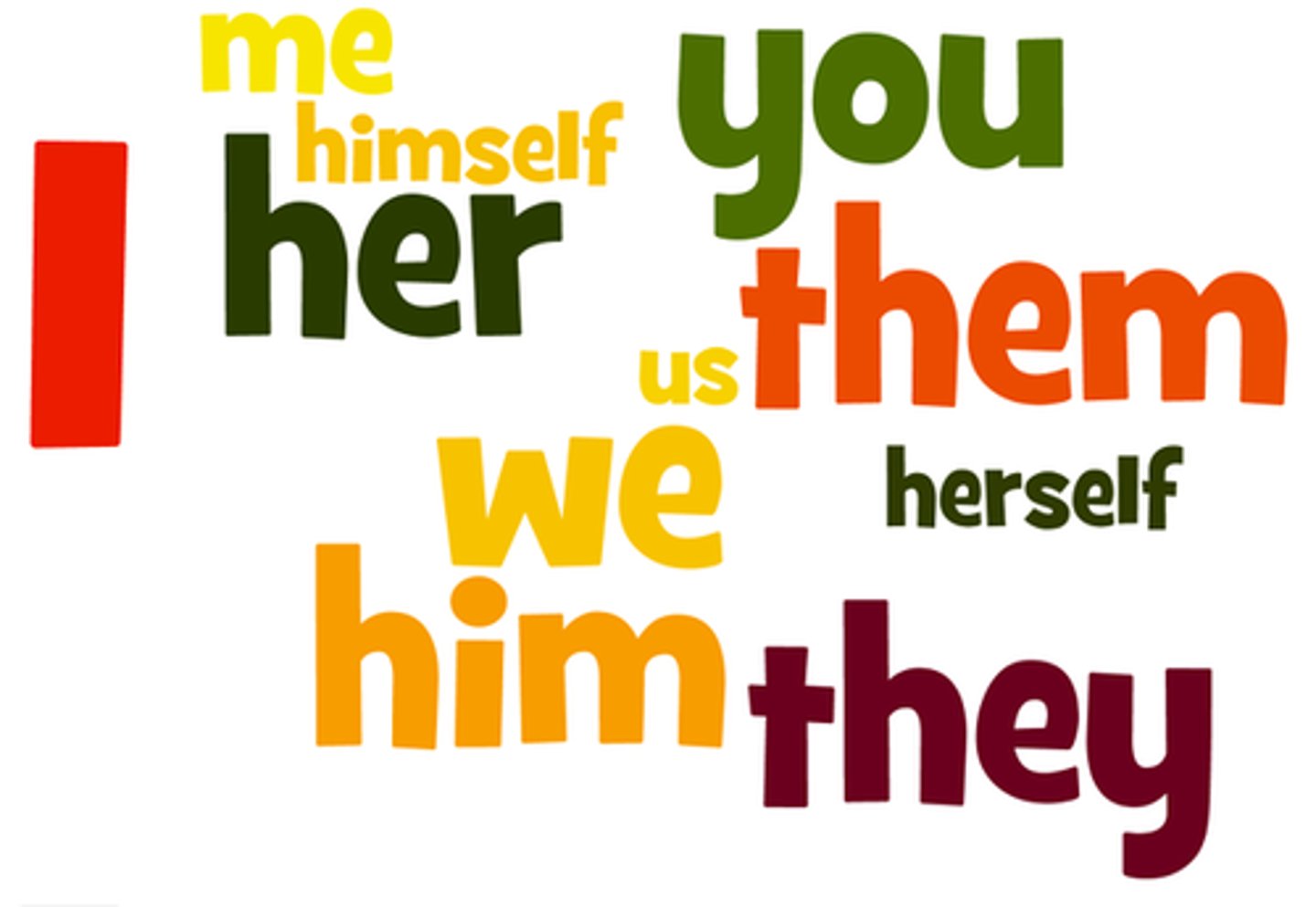
Adjective
it is a word that DESCRIBES or clarifies a noun. Adjectives describe nouns by giving some information about an object's size, shape, age, color, origin or material.
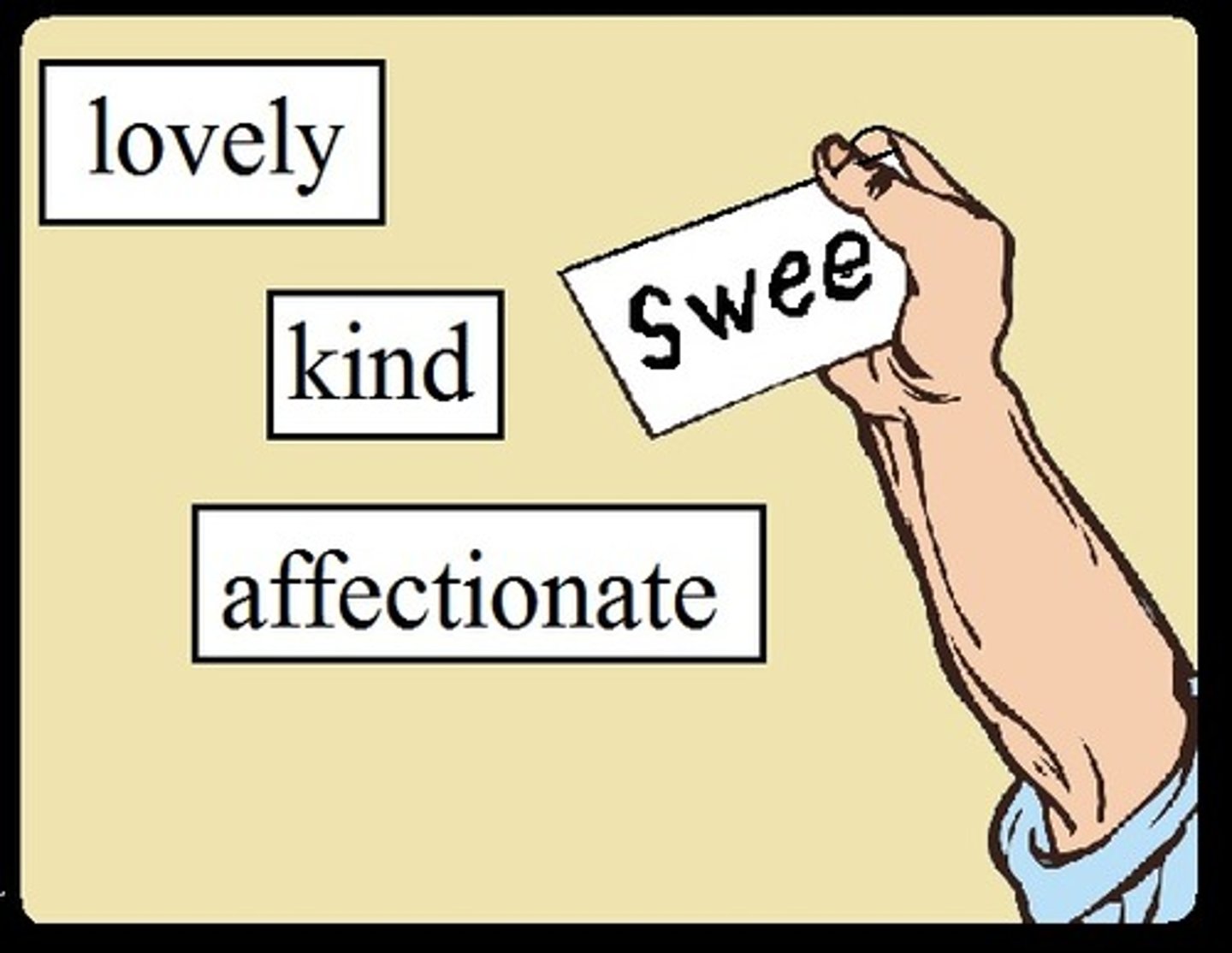
Verb
Express an ACTION or state of being.
What someone or something is doing
Ex: run, speak, swim, meet, sing
Present, Past, Future
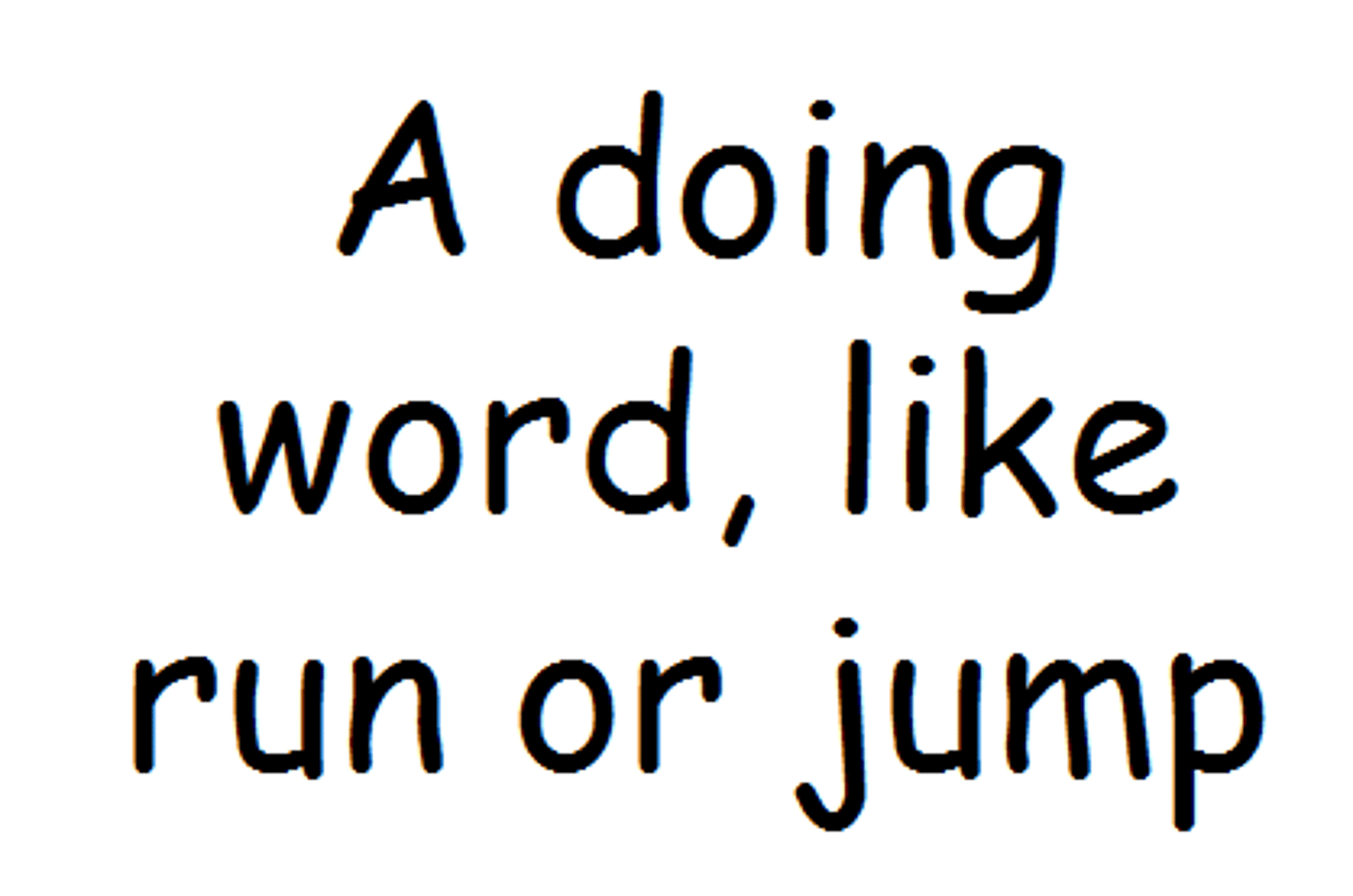
Adverb
Describes a verb, adjective, or another adverb.
Adverbs typically express manner, place, time, frequency, degree, level of certainty, etc., answering questions such as how?, in what way?, when?, where?, and to what extent?.
ex: quickly, barely, tomorrow, near, here
Tend to en in -ly
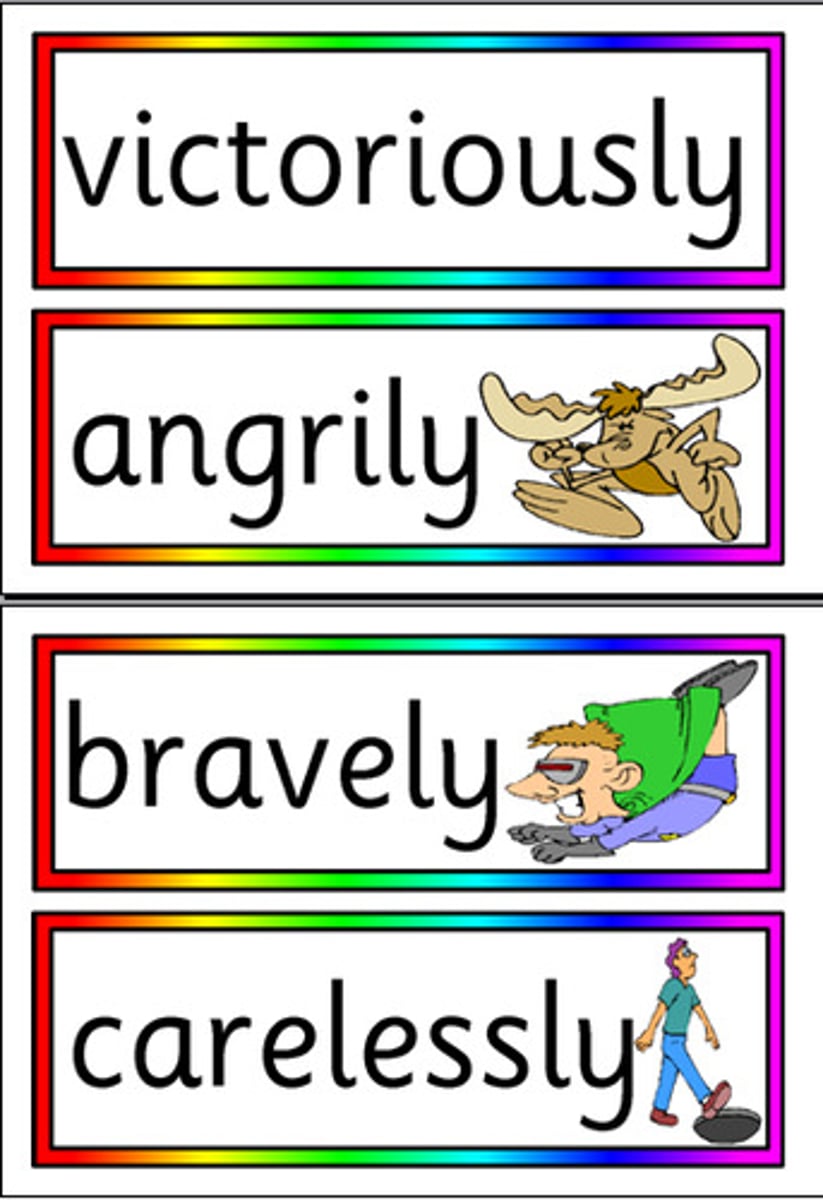
Preposition
Shows relationship of a noun or pronoun to some other word in the sentence. words that indicate location
Most prepositions will tell you about direction, time, location and position
Ex: to, forward, at, around, after, before, under, beside
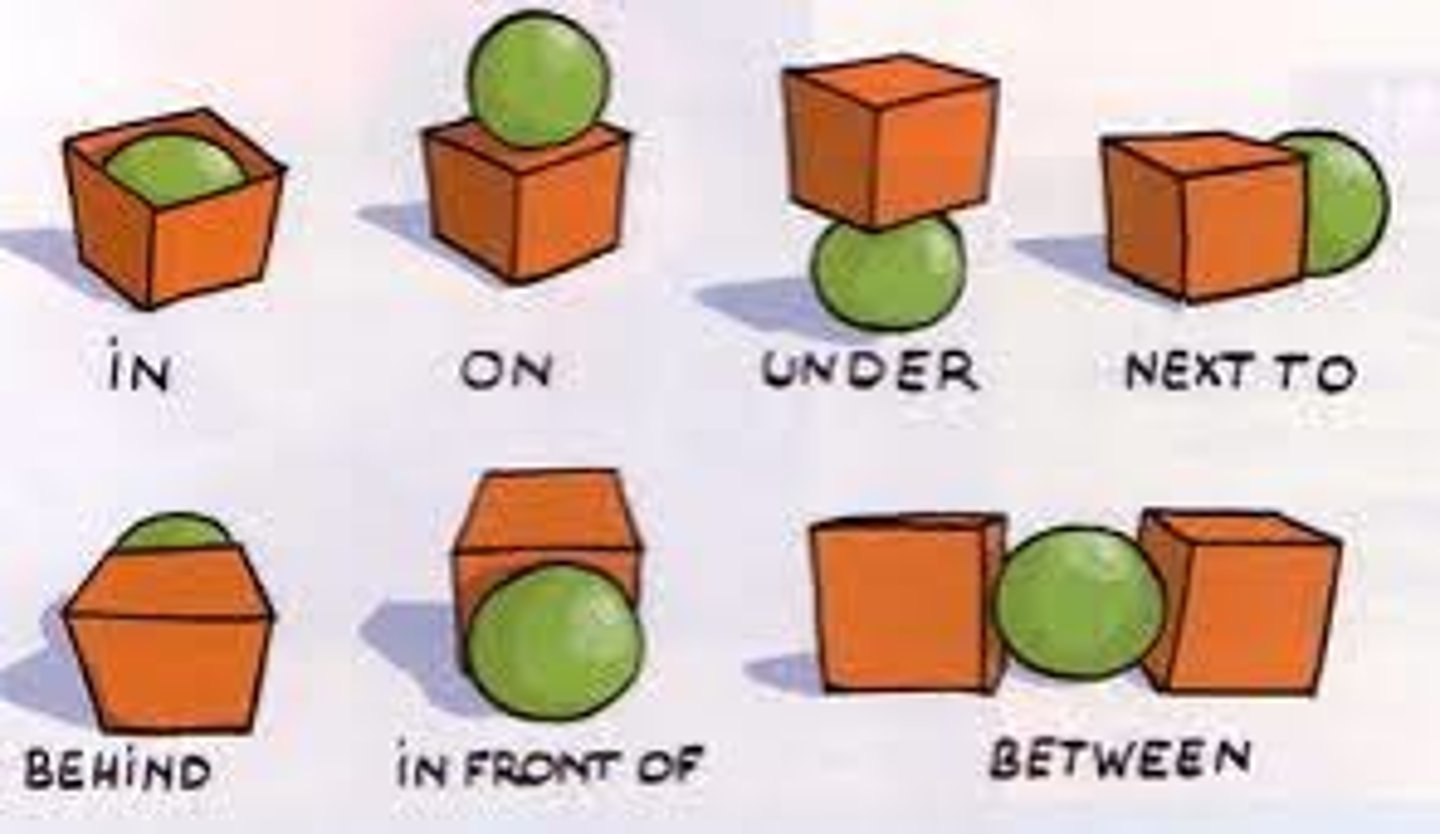
Conjunction
Joins words, phrases, or clauses.
ex: and, but, so, although, because
FANBOYS
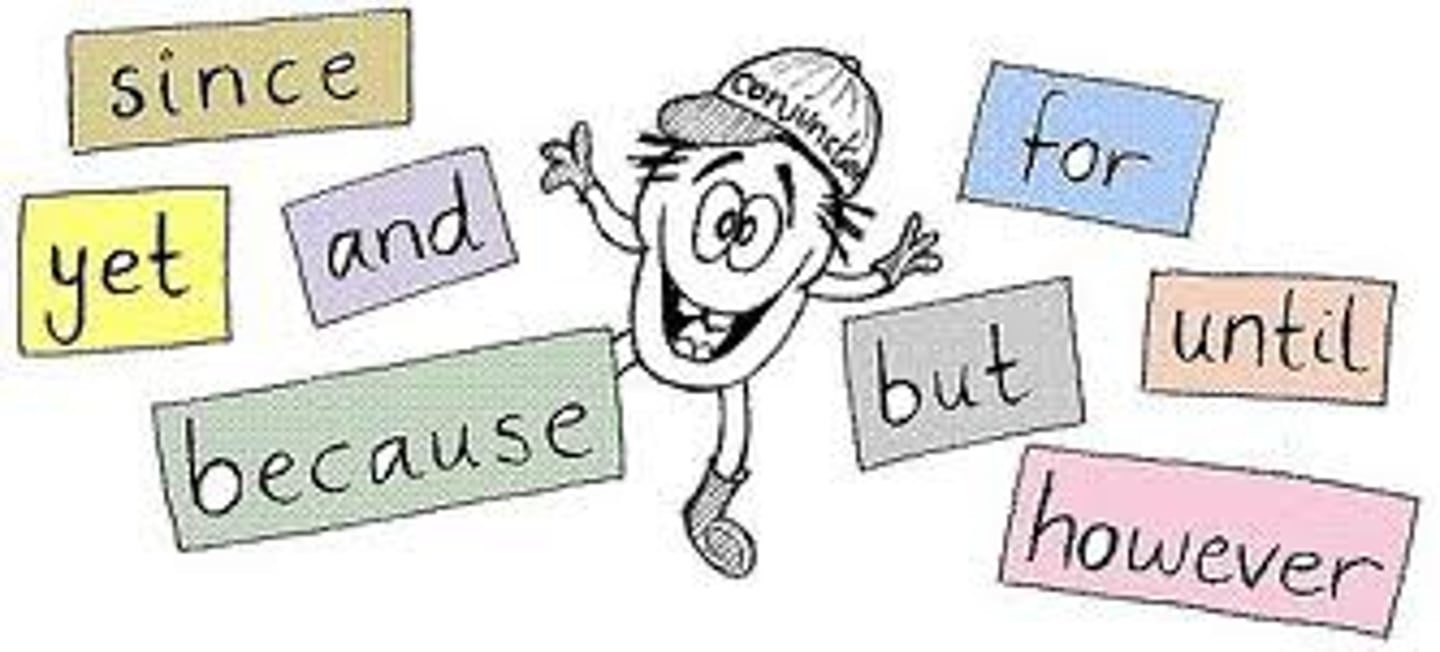
Interjection
Expresses emotion or exclamation.
Ex: Whew, wow, ouch
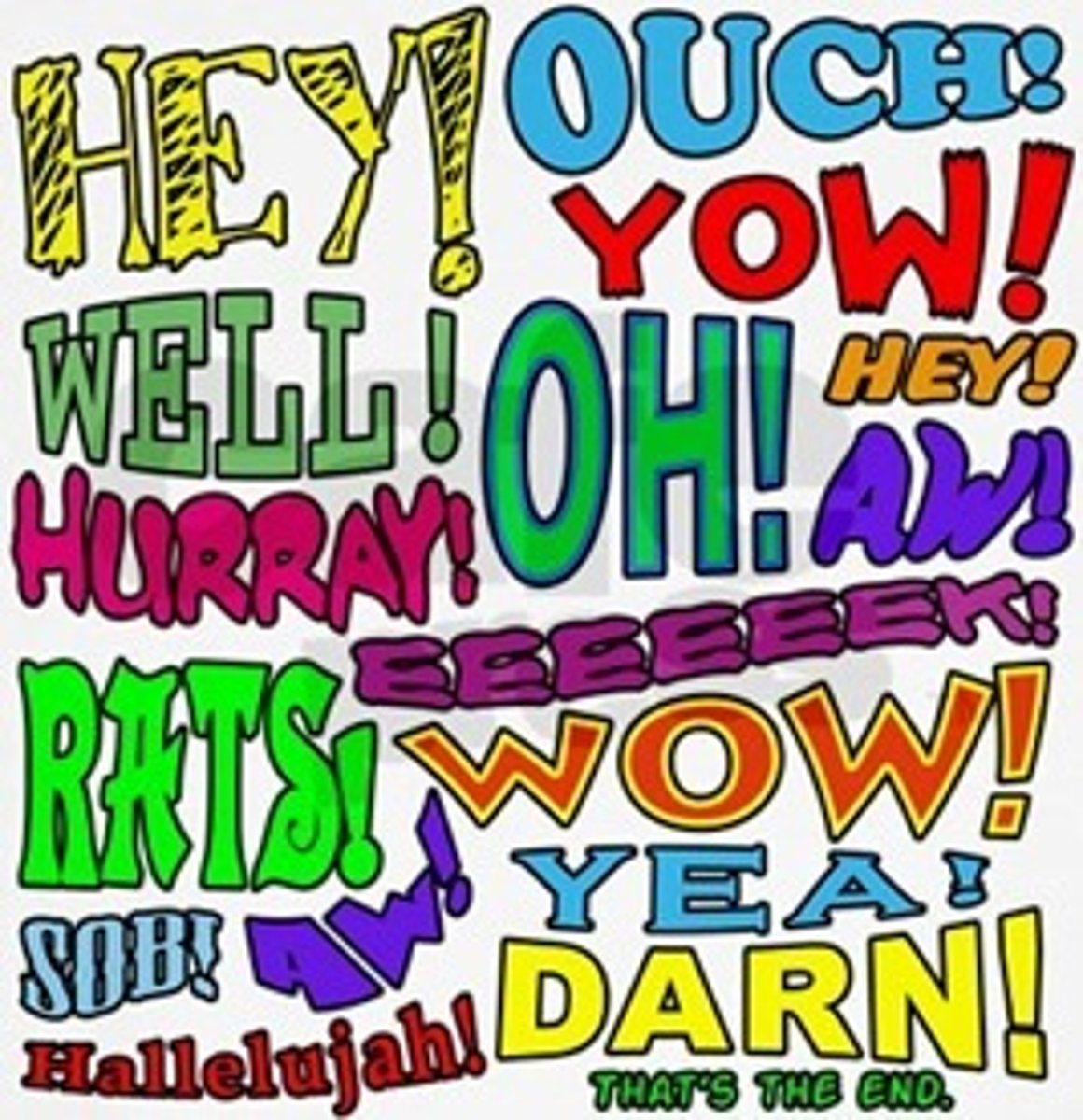
Simple Subject
The person, place, thing, or idea that is doing something or being described.
Complete Subject
The simple subject and any of its modifiers (adjectives).
Simple Predicate
The verb (an action) that states something about the subject of the sentence.
Complete Predicate
The verb and all the words after it that tell us what happened in the sentence. To find the complete predicate, you first find the verb or the verb phrase. Then you must include all of the words after the verb that tell us what happened in the sentence.
Linking Verb
Connects the subject of a sentence to more information about the subject. It does not show action—instead, it describes a state of being or condition.
Hint: if you can replace a verb in a sentence with “is” and it still makes sense, it is a linking verb!
Ex: is, are, was, were, be, been, being
Predicate Adjective
Follows a linking verb and helps to explain the subject
Ex: My professors are wonderful
Predicate Nominative
A noun or pronoun that follows a linking verb and renames or identifies the subject.
Ex: Professors are teachers.
Complete Sentence
It contains a subject and a predicate, and forms a complete thought.
Sentence Fragment
A group of words that looks like a sentence, but is not complete.
it is missing a subject or a predicate, OR they do not express a complete thought.
Can also be described as incomplete sentences.
Clause
Group of words that has a subject and predicate (verb or verb phrase).
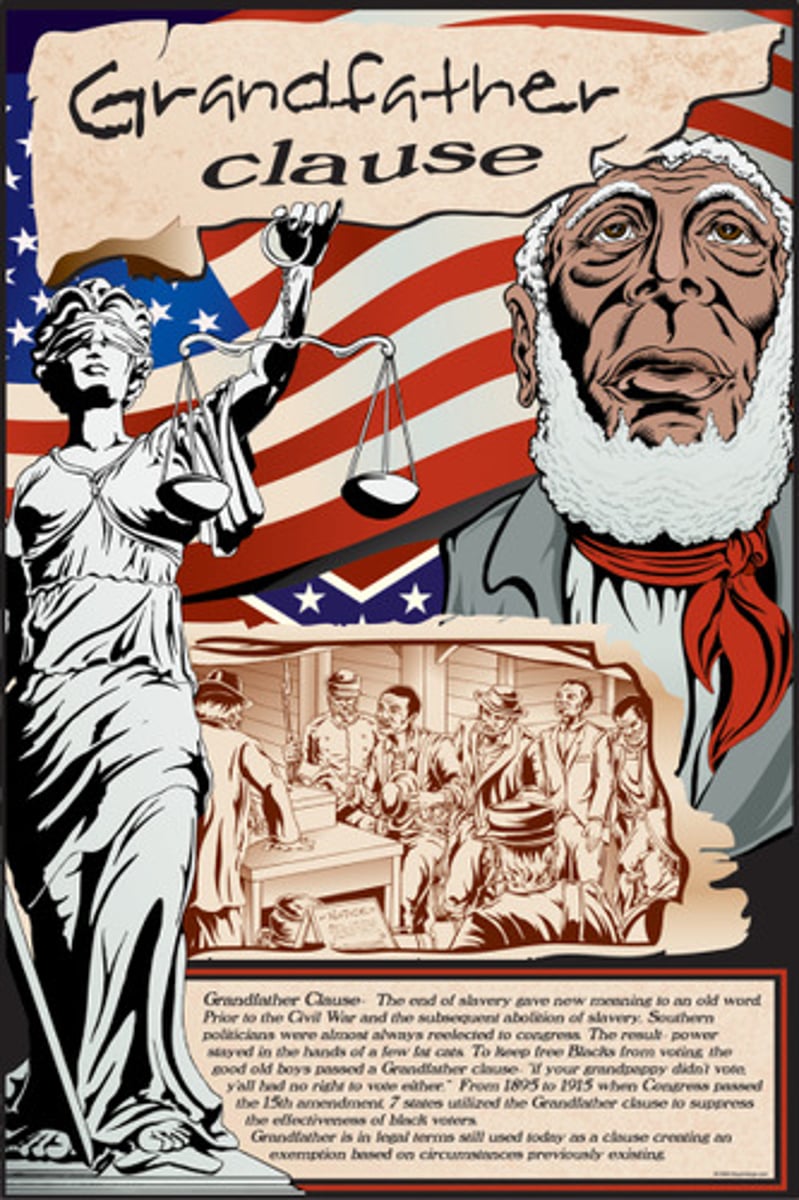
Independent clause
An independent clause is a sentence.
Expresses a complete thought and can stand alone as a complete sentence.
Ex: The professor distributed the examinations as soon as the students were seated.
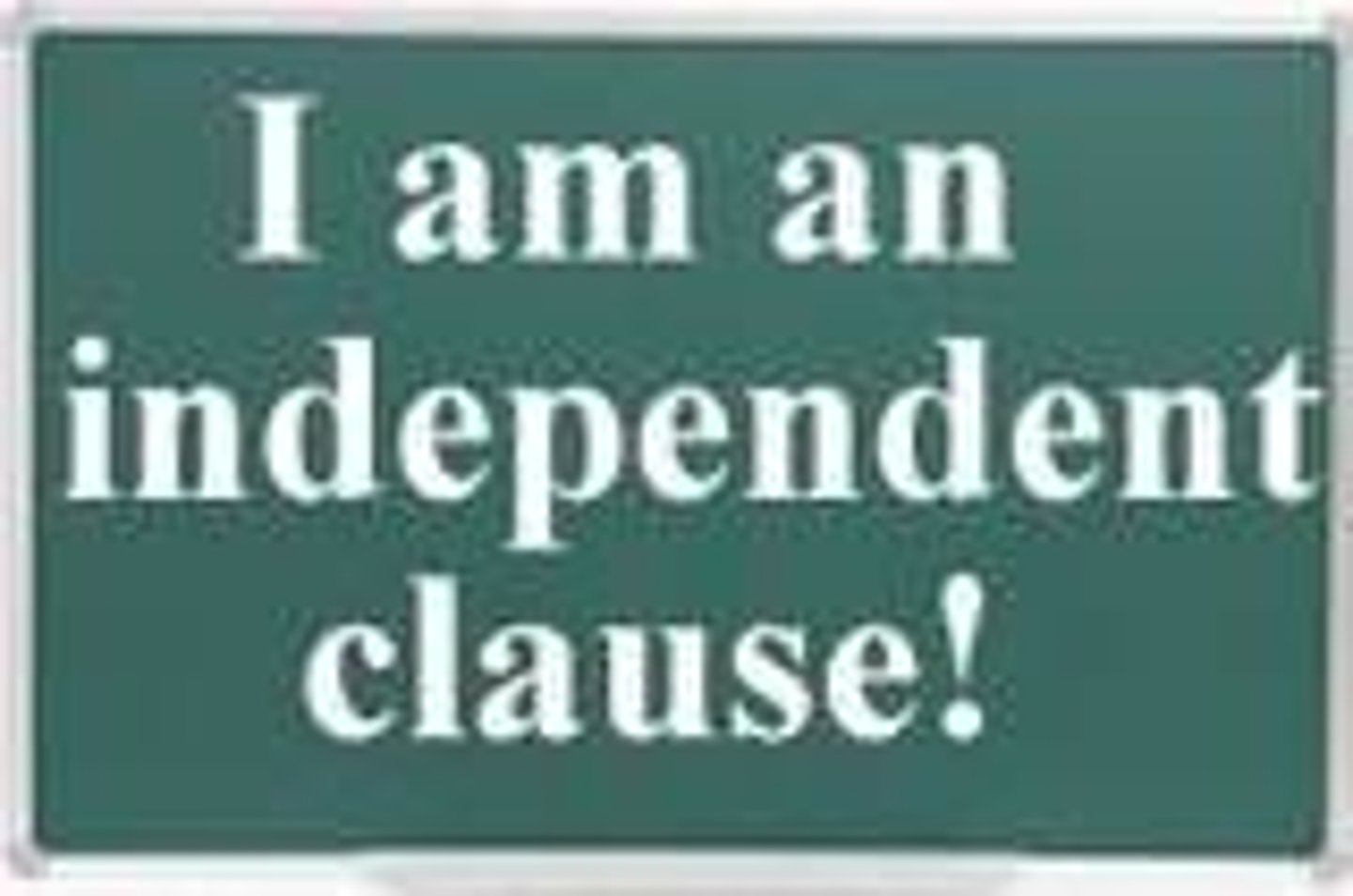
Dependent clause
Does not express a complete thought and cannot stand alone as a complete sentence.
Begins with a subordination conjunction
Ex: Although it is rainy out, the temperature feels nice.
Hint: Many dependent clauses start with words like: after, although, before, because, if, since, that, until, when, where, who, or which.
Direct object
Person, place, thing that is directly affected by action of the verb. (receives the action)
To find the direct object, you can ask yourself “Who?” or “What?” after the verb in the sentence.
Indirect object
Person, place, thing that is receiving the direct object.
Hint: If a sentence has an indirect object, it is typically before or in front of the direct object in a sentence.
Phrase
Group of two or more words that act as a single part of speech in a sentence.
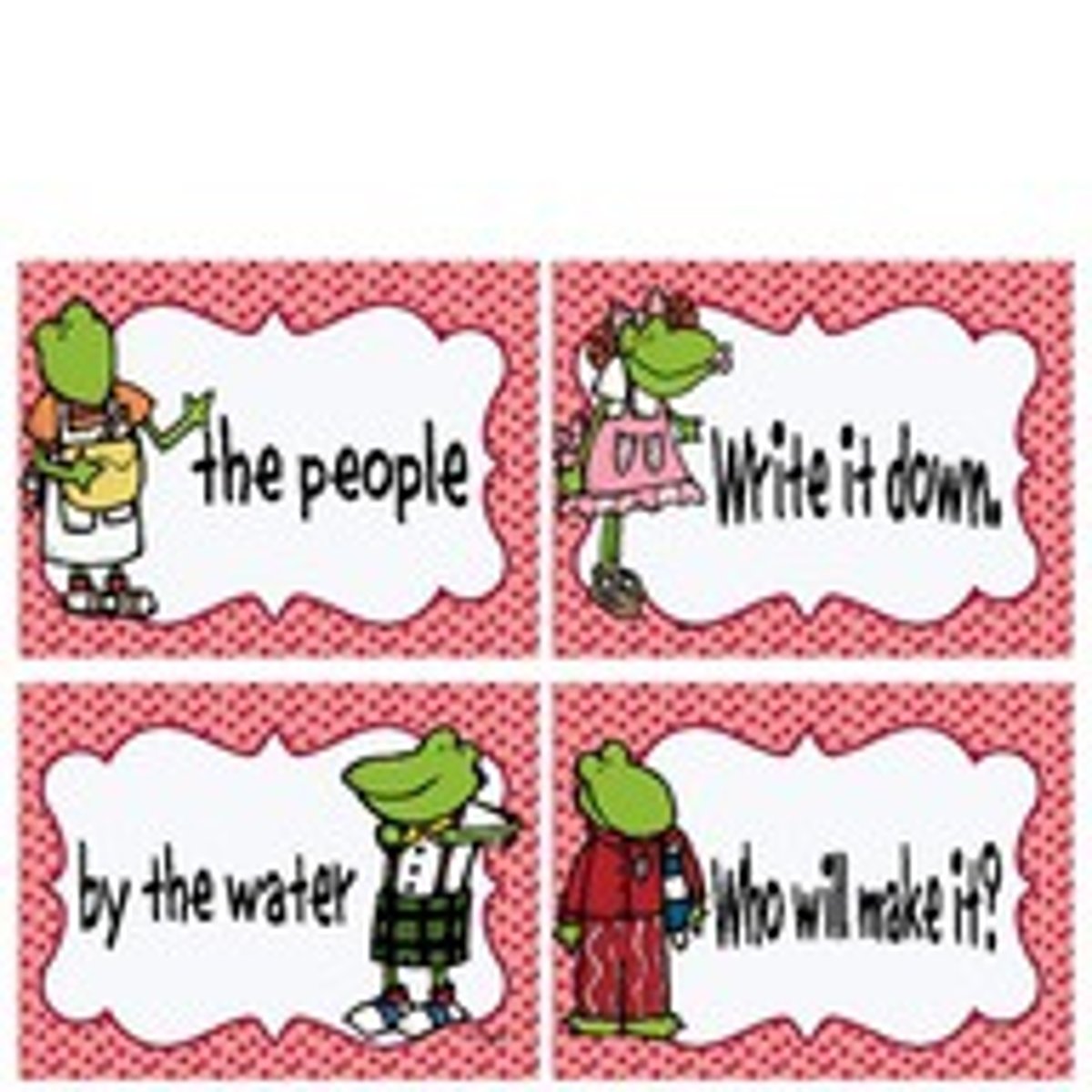
Simple Sentence
A sentence consisting of only one clause, with a single subject and predicate (verb)
Compound Sentence
A sentence that has at least two independent clauses joined by a comma, semicolon, or conjunction.
Complex Sentence
A sentence that has an independent clause and at least one dependent clause.
Declarative Sentence
Makes a statement.
Ex: I went to the store.
Imperative Sentence
Makes a command or request.
Ex: Go to the store.
Interrogative Sentence
Asks a question
Ex: Did you go to the store?
Exclamatory Sentence
Makes an exclamation.
Ex: You went to the store!
Run on sentence
Two or more complete sentences are written as though they were one sentence.
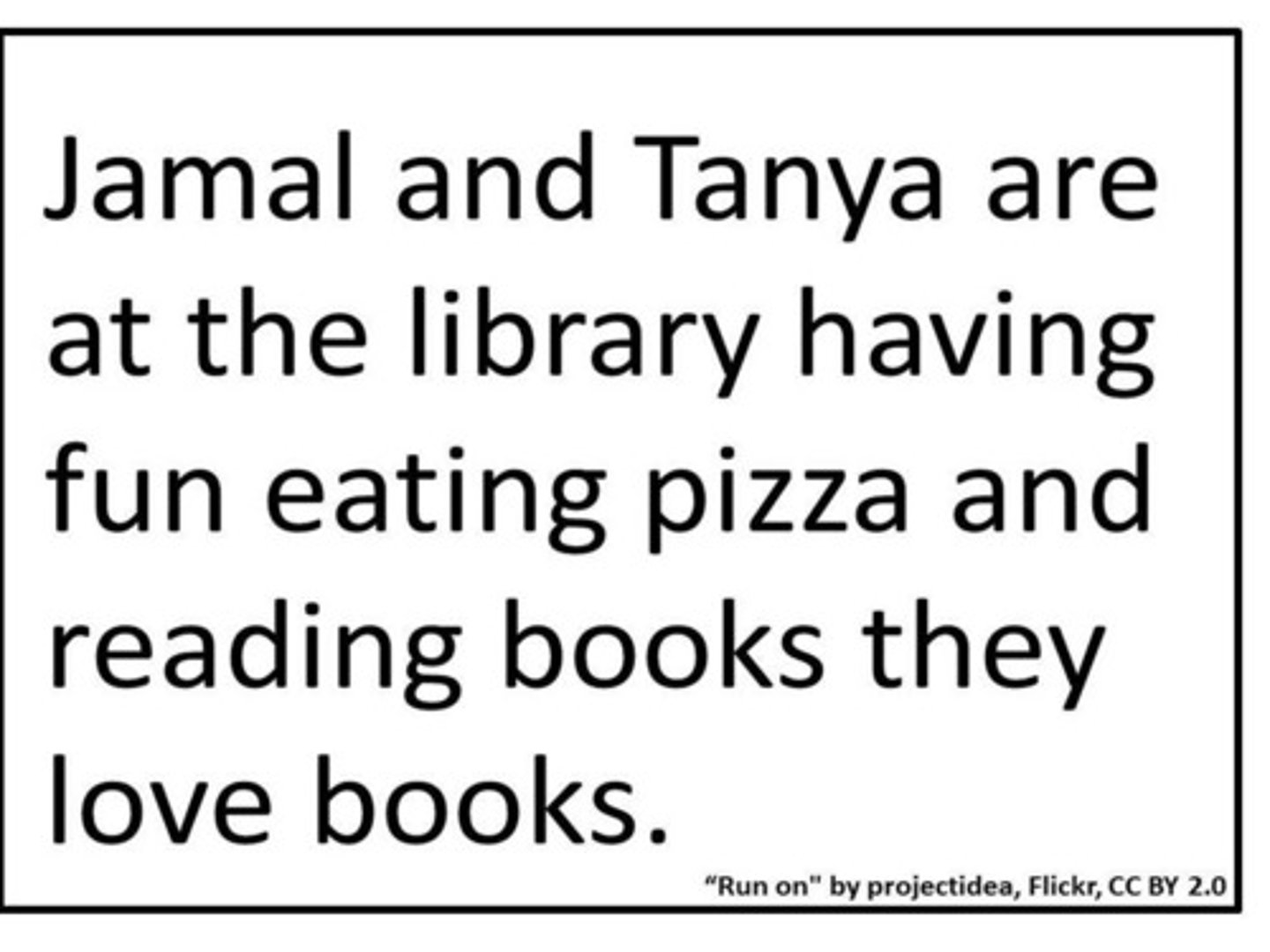
Comma Splice
Two sentences joined incorrectly with only a comma.
Cliches
Expressions or ideas that have lost their originality or impact over time because of excessive use.
Euphemism
An indirect, less offensive way of saying something that is considered unpleasant.
Ex: instead of dead, you say passes away or departed.
Sexist Language
Refers to spoken or written styles that unnecessarily identify gender; should be avoided!
Among vs. Between
Use among to show a relationship involving more than 2 persons or things being consider as a group
Ex the professors will distribute the textbooks among the students in the class
Use between to show relationship between 2 people or things, to compare 1 person or thing with an entire group
Ex. I sit between Holly and Jo in class
To compare more than 2 things in a group of each is considered individually
Ex. I can't decide between the chemistry class, the biology class, and the anatomy class.
Farther v. Further
Farther refers to physical distance: He walked farther into the woods. = Distance
Further refers to an extension of time or degree: She will look further into the mystery. = Ideas or Time
Lie v. Lay
Lie = To rest or recline yourself
Present: I lie down
Past: I lay down yesterday
Lay = To put something down
You are doing this to something else (an object)
Present: I lay the book on the table.
Past: I laid the book down.
Fewer v. Less
Fewer → use with countable nouns (things you can count one-by-one).
Example: I have fewer apples than you.
Less → use with uncountable nouns (things measured in mass, amount, or degree, not counted individually).
Example: We have less sugar in the jar.
Who v. Whom
Who = The person doing the action.
Whom = The person the action is happening to.
After a preposition (to, for, by, with, about, etc.) → almost always "whom"Example: "To whom should I speak?"
Beginning of a question → often "who" (if subject)Example: "Who is going to the party?"
If it’s the doer → who. If it’s the receiver → whom.
(whom = him, her; who = he, she)
Amount v. Number
“Amount” is used when referring to things in bulk that cannot be easily counted (paperwork, homework, oil).
“Number” is used when referring to things that can be individually counted.
That v. Which
THAT:
It tells us something necessary to understand the meaning of the sentence.
No commas are used.
Example: The book that I borrowed from the library is due tomorrow.
WHICH:
It adds extra detail, but the sentence would still make sense without it.
Use commas around the phrase.
Example: The book, which I borrowed from the library, is due tomorrow.
Neither v. Either
Neither is always followed by nor, whereas either is followed by or.
Neither Nor; Either Or
Neither the students nor the teacher ___ ready for the presentation.
A) is
B) are
C) were
D) be
A) is
Explanation: When subjects are joined by "neither...nor," the verb agrees with the subject closest to it — here, "teacher" (singular).
When a compound subject consists of two words connected by “or”, “either/or”, “neither/nor”, or “not only/but also”, you need to use a verb that agrees with the subject that is closest to the verb.
Continuously vs. Continually
Continuously: constant/without breaks/all the time
Continually: happens frequently or repeatedly, but with paused or interruptions in between.
Semicolin
Used to separate two independent clauses.
Began v. Begun
✅ "Began" = Simple Past Tense
Use "began" when there is no helping verb and you're referring to something that started in the past.
Example:❌ She begun cooking dinner.✅ She began cooking dinner.
✅ "Begun" = Past Participle
Use "begun" only with a helping verb like has, have, or had (present/past perfect tenses).
Example:✅ She had begun cooking dinner before he arrived.✅ They have begun their training.
Good v. Well
Use "good" to describe a noun (person, place, thing).
Examples:
She is a good nurse.
He did a good job.
That was a good movie.
WELL = Adverb
Use "well" to describe how something is done (an action/verb).
Examples:
She sings well.
He runs well.
You did well on the test.
Worst v. Worse
✅ Worse
Part of speech: Adjective or adverb
Used to compare two things
Means: More bad than something else
🔹 Examples:
This cold is worse than the one I had last week.
Her test score was worse than mine.
He’s feeling worse today than yesterday.
✅ Worst
Part of speech: Adjective or noun
Used to describe the most negative of three or more things
Means: Most bad (the superlative form)
🔹 Examples:
That was the worst movie I’ve ever seen.
She had the worst headache of her life.
Out of all the exams, his score was the worst.
Beside vs. Besides
"Beside" means "next to" or "at the side of."
"Besides" "in addition to," "apart from," or "furthermore."
Reading Comprehension
Author's Purpose for Writing Text
- To Entertain
- To Persuade
- To Analyze
- To Inform
To Entertain
The author's goal is to amuse, engage, or tell a story for enjoyment.
Examples:
A funny short story about a mischievous puppy.
A suspenseful mystery novel excerpt.
A personal anecdote that makes you laugh or feel something.
To Inform
Gives facts, explains something.
Examples:
A textbook chapter on the digestive system
To Persuade
Convince you to agree/do something.
Example:
An opinion piece urging people to recycle.
To Analyze
The author’s goal is to examine something closely by breaking it into parts, explaining relationships, and evaluating how those parts work together.
Examples:
The text compares and contrasts two ideas, events, or methods.
The text explains why or how something happens, not just that it does.
The author uses evidence and reasoning to explore a topic.